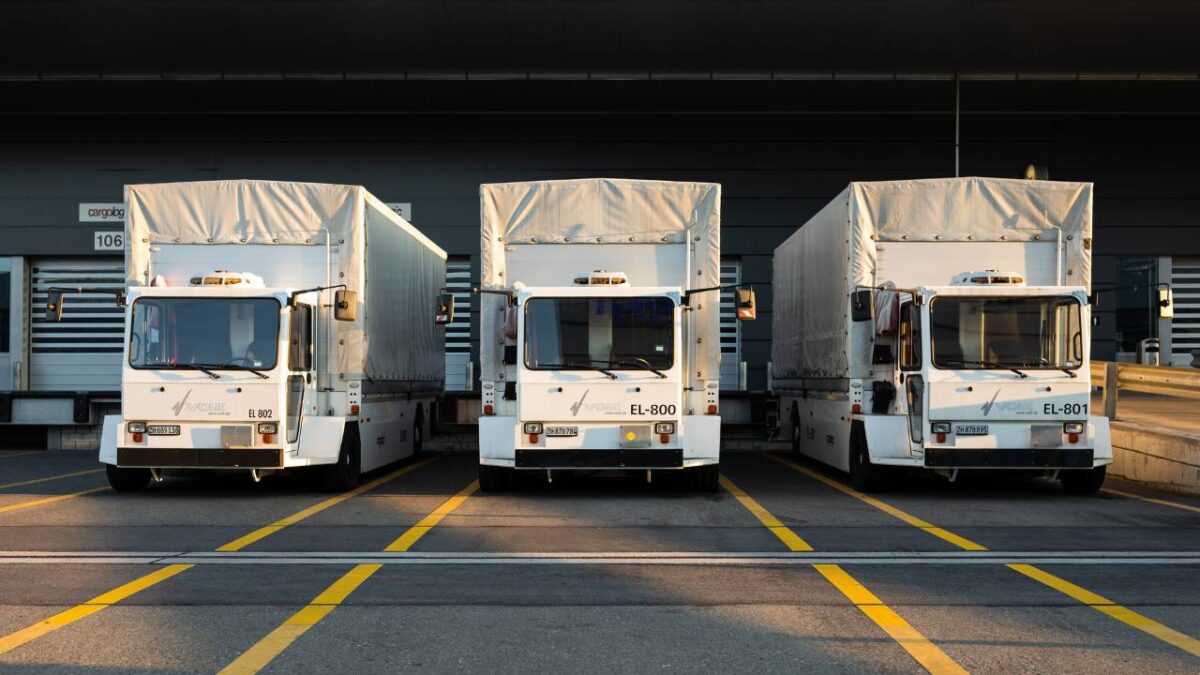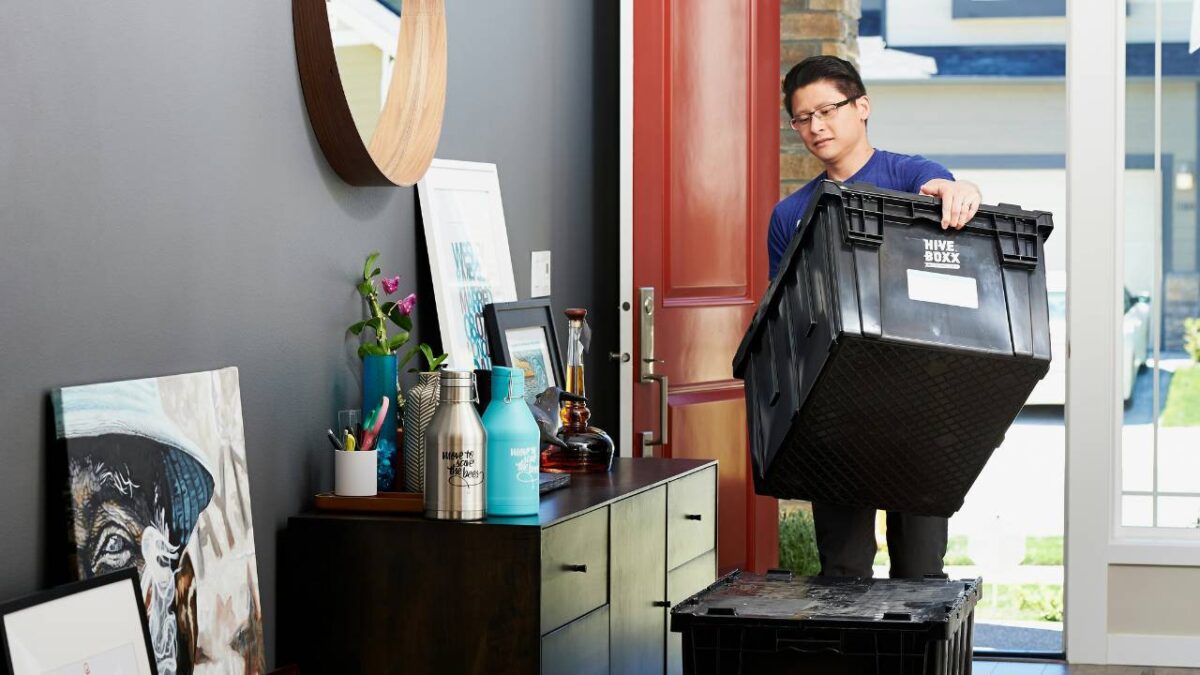Relocating can be a daunting and stressful process, but with careful planning and organisation, you can transform it into a smooth and efficient experience. Designing a stress-free relocation requires an understanding of the challenges involved and adopting strategies that minimise chaos.
To ensure a seamless move, create a comprehensive checklist outlining every task, from packing your belongings to settling into your new home. Allocate a realistic timeline for each step, helping you manage expectations and prioritise accordingly. Moreover, being prepared for any contingencies or unforeseen complications will enable you to handle them easily, ensuring your move remains stress-free.
Understanding the Purpose of Relocation
Relocating can be a daunting task, but understanding why you’re doing it can help you plan better and have a stress-free moving experience. There are numerous reasons for relocating, both personal and for the sake of sustainability. In this section, we’ll discuss some common motivations for moving and offer insight into the benefits of relocating.
Personal Reasons for Moving
Sometimes, life circumstances dictate the need for a change of scenery. Here are a few personal reasons that might prompt you to relocate:
- Career Opportunities – Moving for a new job or promotion is one of the most common reasons for relocating. Depending on the position and company, this could involve moving to a new city, region, or even country.
- Education – Pursuing higher education might require you to move closer to the university or college of your choice. This type of relocation typically occurs when individuals move from rural to urban areas or they decide to study abroad.
- Family Reasons – Joining a partner, moving closer to friends or family, or accommodating a growing family may drive you to relocate. It’s essential to consider the emotions that come with these types of moves, as they can significantly impact your sense of belonging in your new environment.
- Cost of Living – Seeking a more affordable lifestyle could prompt a move to a different city or neighbourhood, where living costs are more suitable for your budget.
Relocating for Sustainability
Relocating to contribute to a more sustainable future is a growing trend, and numerous reasons exist behind these decisions. Here are a few motivations for choosing a sustainable relocation:
- Environmental Impact – Moving to a location that allows for a smaller carbon footprint (e.g. access to public transport or bikeable/walkable neighbourhoods) reduces your environmental impact. Opting for a more energy-efficient home or office space can also play a significant role in your green lifestyle change.
- Cultural Shifts – Living in cities or communities that prioritise sustainable policies and embrace green initiatives can make a difference. These cultural shifts inspire and support responsible living, making it easier for you to maintain a sustainable lifestyle.
- Business Practices – Office relocations with a focus on sustainability can improve a company’s reputation, reduce operating costs, and create a more positive work environment. Corporations today are increasingly aware of their environmental impact and, as such, are shifting towards more eco-friendly business operations.
Working with Professionals

Choosing a Moving Company
Selecting the right moving company is crucial for a stress-free relocation. To ensure you make the best choice for your needs, consider the following steps:
- Research – Begin by conducting thorough research on potential companies. Look for reputable firms, such as Halton Removals, with proven experience in home moving.
- Compare quotes – Gather quotes from multiple companies and compare their services, costs, and reviews.
- Verify credentials – Confirm they have the necessary licences and insurance.
- Ask for references – Seek recommendations from friends, family, or online review platforms.
Streamlining Transportation
To make the actual process of transporting your belongings as smooth as possible, consider the following tips:
- Inventory – Create a detailed inventory list of all your possessions. This will help you and your chosen moving company keep track of items during the move.
- Label boxes – Clearly label all boxes with their contents and the room they belong to. This assists movers in placing items correctly in your new home.
- Pack essentials separately – Prepare a separate box with essentials such as toiletries, chargers, and a change of clothes. This will be helpful on the first day of your relocation.
- Disassemble and protect – Disassemble large furniture items, and use protective materials to safely package fragile belongings.
Planning for a Stress-Free Transition
Creating a Moving Timeline
To ensure a stress-free transition, it is crucial to create a moving timeline. Start by identifying tasks that must be completed before, during, and after your move. Break down these tasks into manageable steps and set deadlines for each. For instance, consider the following timeline:
- 8 weeks before the move – Research and select a moving company.
- 6 weeks before the move – Organise your belongings and start packing non-essential items.
- 4 weeks before the move – Notify necessary parties (e.g., utilities providers, banks) of your upcoming relocation.
- 2 weeks before the move – Finalise packing and prepare essential documents.
- Moving day – Supervise the loading and unloading process.
- 1 week after the move – Settle in and unpack at your new place.
Adapting Moving Strategies
Understanding your specific moving needs and constraints will help you develop an adapted moving strategy. In your planning process, consider the following aspects:
- Type of move – Are you moving locally, regionally, or internationally? This will impact the logistics and legal requirements of your move.
- Size of move – Assess the volume of your belongings and adjust your packing and moving strategies accordingly.
- Special items – If you have fragile, valuable, or oversized items, ensure appropriate packing materials and techniques are used.
- Weather and seasonal factors – Consider potential weather-related challenges and adapt your moving plan to reduce stress and ensure a smooth process.
Budgeting and Accounting for Costs
To avoid financial stress, it’s crucial to consider the accounting strategies concerning future homeowners. Calculate the costs for:
- Moving services
- Packing supplies
- Travel (e.g., fuel, accommodations)
- Insurance
- Storage (if required)
- Post-move expenses (e.g., utility hook-ups, furnishings)
Additionally, set aside a contingency fund for any unexpected costs that may arise. To manage expenses, consider the following tips:
- Obtain multiple quotes from moving companies and compare the services provided to identify the best fit for your needs.
- Pack efficiently by using appropriate materials and techniques. This can reduce the risk of damage and save you money on replacement or repair costs.
Utilisation of Technology
Leverage technology to minimise stress and improve organisation as you prepare for your move. Consider using apps and online tools such as:
- Moving checklists and calendars – Organise tasks and deadlines through digital checklists and calendars.
- Budgeting apps – Track and manage your moving expenses.
- Inventory management applications – Maintain a digital inventory of your belongings for easier packing and unpacking.
- Virtual surveys – Use video call apps to obtain quotes from moving companies without requiring in-person visits.
Step-by-Step Relocation Guide

Initial Research and Preparation
Before you start packing, it is crucial to conduct thorough research and preparation. By doing this, you can ensure a smooth and stress-free relocation process.
- Create a checklist – This will help you stay organised and on track with your moving tasks. Make sure to include tasks such as researching moving companies, gathering packing supplies, and updating your address.
- Research moving companies – Consider hiring a professional mover. Look for reputable companies with positive customer reviews and reasonable pricing. Make sure they have the necessary insurance coverage and experience in handling your specific type of move.
- Gather packing supplies – You will need boxes, sealing tape, bubble wrap, packing paper, and markers for labelling. Save money by asking friends and family for any spare materials or visiting local shops for used boxes.
Declutter and Downsize
Decluttering your home before a move is essential for reducing the number of items you need to pack and reducing moving costs.
- Sort your belongings – Divide items into categories, such as ‘keep’, ‘donate’, ‘recycle’, or ‘discard’. Be harsh with items that are simply collecting dust.
- Sell items – Consider selling items of value either online or in a garage sale to make extra money.
- Donate to charity – Donate items in good condition to local charities or pass them on to friends and family.
Packing and Labelling
Packing your belongings correctly can save space and prevent damage during the move.
- Pack room by room – To keep things organised, begin packing one room at a time. This will allow you to focus on one area and ensure that items from different rooms do not get mixed up.
- Use proper packing materials – Use sturdy boxes, packing paper, and bubble wrap to protect your belongings. Avoid using materials that can leave residue or stains on items, such as newspapers.
- Label boxes clearly – Clearly label each box with its contents and the room it belongs to. This will make unpacking much easier and help movers know which boxes require special care.
Upon Arrival and Settling In

Connecting Utilities
Upon arriving in your new city, connecting essential utilities such as electricity, gas, water, and internet should be one of your top priorities. You can typically set up these connections by contacting the local utility providers or using a convenient online portal. Be sure to gather the necessary documentation, such as your ID and proof of residence. Here’s a quick checklist of utilities you might need to set up:
- Electricity
- Gas
- Water
- Internet
- Telephone
Exploring Local Amenities
Next, familiarise yourself with the local amenities in your new city. Take a stroll around the neighbourhood to discover nearby supermarkets, healthcare providers, and schools. You may also want to explore the local leisure facilities and cultural institutions such as parks, museums, and theatres. Be open to engaging in local activities, as it can help you build connections and improve your mental and physical health.
Make a list of important places you may need to visit frequently, including:
- Grocery stores
- Pharmacies
- Healthcare centres
- Public transportation stations
- Restaurants and cafes
Don’t forget to locate essential public services, like the post office and local government offices.
Managing Emotions and Burnout
Relocating can be an emotionally taxing experience, and it’s essential to be mindful of your mental health during this period. It’s natural to feel a mix of emotions, from excitement about your new home to anxiety about fitting in. However, it’s crucial to recognise the signs of burnout or depression and seek professional help if necessary.
To manage your emotions and prevent burnout, consider the following tips:
- Set realistic expectations and break tasks into manageable steps.
- Stay in touch with friends and family for support.
- Create a daily routine to help you adjust to your new environment.
- Make time for hobbies and interests that bring joy and relaxation
- Focus on designing your new home with attention to detail.
- Seek local support groups or professional help if needed.
Be kind to yourself as you adapt to your new surroundings. Remember that settling into a new city takes time, and it’s expected to experience ups and downs along the way.
Conclusion
A well-organised and systematic approach to relocation, along with attention to self-care, make a stress-free move achievable. Remember to reach out for help when needed, and keep your memories and references in mind to create a smooth transition to your new home.






